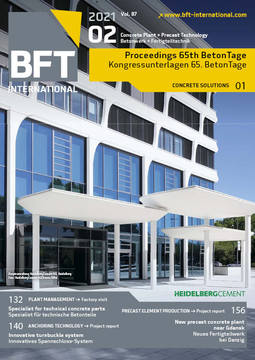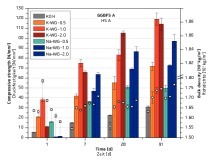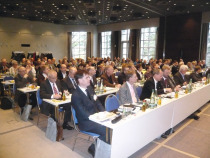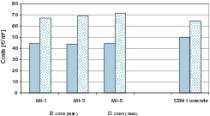What comes after fly ash? – Perspectives for new concrete additives
As a concrete additive, fly ash has been an integral part of modern concrete formulations for many decades. It has often been used primarily to reduce cement consumption and thus production costs. However, its use has also been associated with improving various concrete properties, some of which have been used specifically for different areas of application. As a result of the coal phase-out agreed, the available quantities of fly ash will be decreasing dramatically in coming years. This raises the question of which substances can replace fly ash in concrete.
In addition to fly ash, granulated blast-furnace slag plays an important role worldwide as a concrete additive. In Germany, the flow of material is largely tied to the cement industry, however, so that only small quantities of granulated blast-furnace slag are available for direct use in concrete. Apart from that, the quantities
of granulated blast-furnace slag will decrease significantly in coming years, since increasing quantities of steel are produced in electric furnaces using scrap metal. Granulated blast-furnace slag is therefore no viable alternative to fly ash.
Of all the potential new concrete additives, calcined clays are given the most attention. Fairly expensive metakaolins have up to now been almost exclusively used, which were applied in high-performance concretes. However, in order to use calcined clays as concrete additives in conventional concretes in the future, it will be necessary to also draw on clays more heavily contaminated with other clay minerals.
Steel mill slags represent another potential concrete additive.
A tremendous flow of material is available here, too, which currently remains largely unused. In the recent past, technologies have been developed that convert the originally inert steel mill slags into a reactive material, thus allowing it to be used in concrete.







